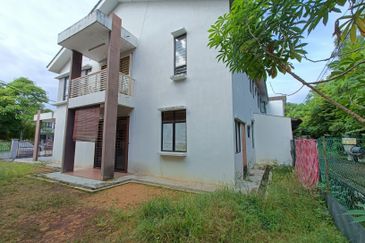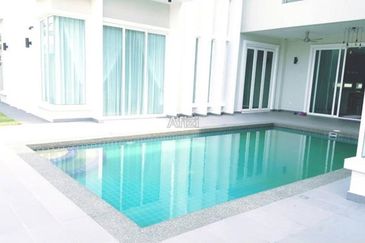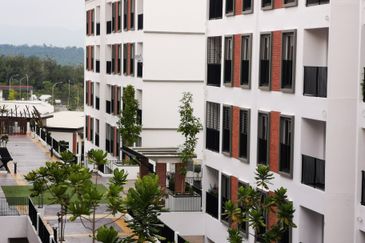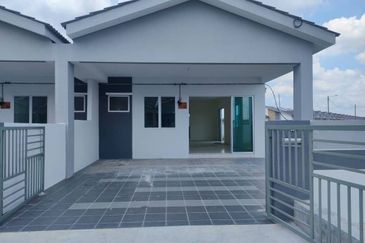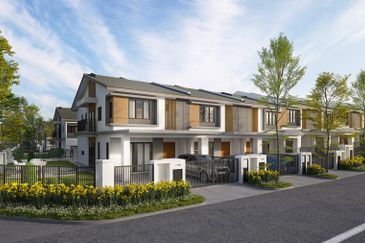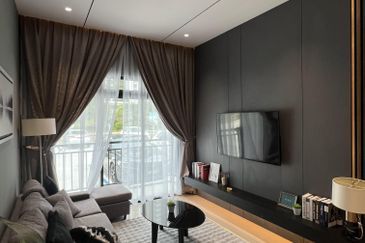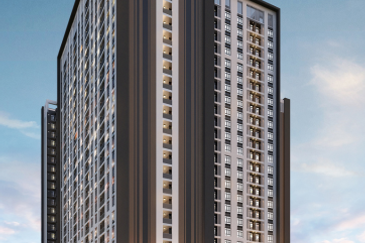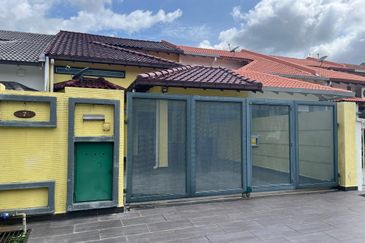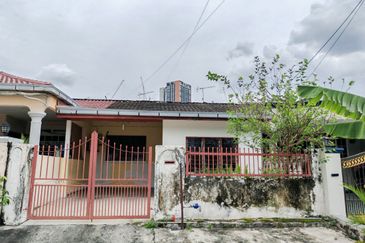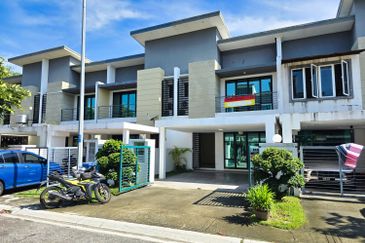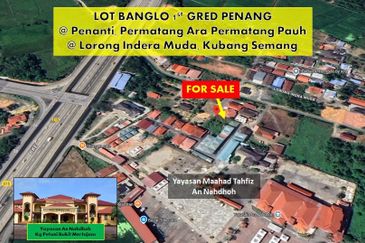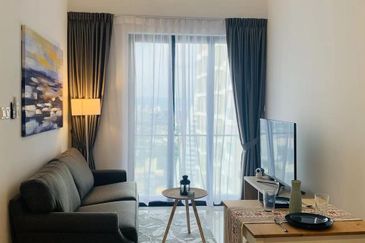Foo Gee Jen
Managing director, CH Williams Talhar and Wong
There was no reduction in real property gains tax (RPGT), so it was good. If RPGT was reduced, it would make property prices more speculative.
The government emphasised a balanced budget to buttress investor confidence in the country’s financial stability but the result is less funding for development expenditure (about RM50 billion out of a total budget of RM267 billion).
More tax deductions have been provided for low income families but taxes have been increased for upper income households, contrary to earlier promises of reduced personal income taxes in the light of the introduction of GST.
Accelerated growth in the south of Kuala Lumpur
Government support for the development of Malaysia Vision Valley (MVV), Cyberjaya City Centre and Aeropolis KLIA should see accelerated growth in the south of Kuala Lumpur. MVV, from Nilai to Port Dickson, could be the next growth region provided that highway and rail access are improved.
Cyberjaya’s popularity as a commercial and residential address will be increased with the proposed 141-acre Cyberjaya City Centre. Initially, Aeropolis KLIA will see 1,300 acres developed into a new urban centre.
Infrastructure improvements
RM900 million has been allocated for a dispersal road off Jalan Tun Razak from KLCC to Tun Razak Exchange which will ease traffic congestion not only in the KLCC area and Tun Razak Exchange but also in the Bukit Bintang shopping area.
Funds have been allocated for the development of Bus Rapid Terminals (BRT) in KL-Klang and Kota Kinabalu, which will effectively improve public transport services in areas further distanced from MRT/LRT projects.
Other highway developments (like DASH and SUKE) will encourage residential developments to the north and south-west of Kuala Lumpur. RM42 million allocated for Mukah Airport (Sarawak) and upgrading of Kuantan and Kota Bharu will also stimulate further property development in these cities.
Affordable homes
Continuing to improve the affordable housing program, RM200 million will be allocated to assist first time buyers. We estimate that between 20,000 and 30,000 will benefit from this scheme compared to the estimated 330,000 potential buyers for affordable houses.
Under PR1MA, Rumah Mesra Rakyat, Perumahan Penjawat Awam 1Malaysia (PPA1M) and Program Perumahan Rakyat, a total of 317,000 units affordable homes have been planned.
The shortage of affordable housing for the rakyat appears to still remains an elusive problem to resolve.
Tang Chee Meng,
CEO, Henry Butcher (M) Sdn Bhd
It is good to see more affordable housing schemes and projects being introduced. However, previously introduced ones have been very slow in materialising. Hopefully those in charge will really make it work this time.
Developer interest-bearing scheme (Dibs)
The market was hoping to have Dibs back to boost the still slowing property market. It’s big disappointment that the government is not considering the voice of the people.
Perhaps the government is concerned that home prices have yet to reach an affordable level via cooling measures. We have seen the decrease in the volume of transactions, but the home prices have yet to come down.
The same measures were applied in Singapore, which did bring down home prices gradually but we don’t see the effect in Malaysia yet. We are hoping this will happen, which will benefit Malaysian buyers in the long run.
Samuel Tan
Director of KGV-Lambert Smith Hampton (M) Sdn Bhd
On RPGT and Dibs
I am disappointed these were not implemented. Dibs will effectively assist first-time homebuyers through the banking network.
RPGT is an effective tool to curb speculation, but it should be tweaked to ensure a more robust market. The rate could have be maintained at at 30% for the first two years, 20% for the third, 10% for fourth, 5% for the fifth, and thereafter zero. The idea is to curb quick profit-taking in the first three years; any sale after this period is probably not a speculative transaction.
Market sentiment
Sliding property market sentiment needs to be heeded because it affects many downstream industries. Total transaction volume nationwide dropped by 2.6% in the first half of 2015 (1H2015) year-on-year (y-o-y). In Johor, the fall was 17.9%. New launches dropped by 44.1% in the same period. New housing approval dipped by 32.9%. Interestingly, the take-up rate increased to 31.4% in 1H2015 compared with 23.4% in 1H2014. [However], if the market continues to slide, many related sectors will be affected.
Goods and Services Tax (GST)
I am disappointed that GST on affordable housing was not zero-rated.
Affordable housing
The RM200 million for the First House Deposit Financing Scheme to assist first-time homebuyers is laudable but we need to know the details and mechanism to assess its likely impact on the market. However, it is a good move although the quantum appears insufficient.
Income tax
The higher rate of income tax on high-income earners will affect their propensity to spend initially. The government should allow housing relief for low and middle-income earners. Given that house prices will not plunge overnight, the relief will enable them to afford to rent.
YY Lau
Country head, JLL Malaysia
Budget 2016 does not indicate any significant changes ahead compared to Budget 2015, perhaps due to the implementation of GST during the latter. This budget was premised on striking a balance between driving the economy and promoting the well being of the people. We note that the budget has addressed the housing affordability concerns, which have been a consistent issue over the past year.
Max Sylver Sintia
Sabah branch manager, Rahim and Co
The budget prospers the rakyat (people) because it promotes sustainable economic growth for the coming year.
Infrastructure
I applaud the move to make the Pan-Borneo Highway toll-free. In Sabah, construction on the 706km highway from Sindumin to Tawau will ease traffic as well. It will create additional wealth because there will be opportunities for the development of residential, industrial and commercial sectors from better transport access.
PR1MA homes
There will be an allocation of 175,000 homes for PR1MA houses to be sold at 20% below market prices. It is a good move, although I wish there were more units allocated. There is a real shortage of affordable homes in the country.
Developer interest bearing scheme
I remain neutral on Dibs. On one hand, developers and buyers are happy for it to be implemented as developers would be able to sell more homes and buyers need not bear the cost of house until the project is completed. However, this may cause an increase in the mark up of prices.
Sarkunan Subramaniam
Managing director, Knight Frank Malaysia
For the affordable housing effort, there is a need to streamline the government effort into one body and one entity. You have to have certain checks and balances. PR1MA should not be buying private sector land.
I am disappointed that the government does not see the need for the private sector to provide affordable homes, just the government agencies. What is ‘affordable’ is subjective to many levels of homeowners.
Affordability is only achievable if you have financing; financing is the key input in deciding on affordability. Financing is key in deciding what is affordable. If the government fails to see that financing for first-time homebuyers is important then they fail to see the bigger picture. I am sad that matters such as real property gains tax and developer interest bearing scheme are not being addressed.
On the brighter side, the implementation of the Industrialised Building System is a good thing, but they have to establish what kind of technologies they would like to bring in.
Anthony Chua
Director of KGV International (M) Sdn Bhd
Budget 2016 does not impose additional taxes and neither does it gives incentives to boost the current soft market. While there are plans to construct more affordable housing under PR1MA and Rumah Mesra Rakyat, the difficulties of first-time homebuyers to get financing are not addressed.
On a brighter note, the southern part of the Klang Valley can expect to see more developments namely, Malaysian Vision Valley stretching from Nilai to Port Dickson, Cyber City Centre in Cyberjaya and Aeropolis KLIA. Once these developments take shape, they will have a spillover effect on the surrounding areas such as Dengkil, Salak Tinggi and Sepang.
The huge investment in the Rapid Complex in Pengerang is expected to create a new growth area on the southern side of Johor.
Properties near the LRT Ampang and Kelana Jaya extension lines which will be ready by 2016 can expect to enjoy some appreciation as public transport is becoming a necessity rather than a choice. Areas to benefit most are Subang Jaya, Putra Heights, Puchong and Kinrara.
Stanley Toh
Director, LaurelCap Sdn Bhd
It was expected that the government would not implement any ‘goodies’ for the property sector [which] has gone through a “bull run” for quite some time now. Regionally, this sector is not doing too well. I think [market] corrections are expected.
More emphasis was given to affordable housing – I think the government has to address that portion of homeowners.
The sliding ringgit may be the reason why the government could not have implemented more things at the moment, so taxes would definitely remain. But I am disappointed that real property gains tax (RPGT) has not been addressed.
With the Budget 2016, it is clear that it is going to be a tough time for property. Developers will definitely experience softer take-up rates. And property is slowly shifting, as it is no longer the sole option for investors. A lot of locals are going into mutual funds, so perhaps property is going to take a backseat in terms of investments. Unless you are buying for own stay, it is becoming less attractive.
Having said that, once the currency is more stable next year, I would think a lot of foreign investors would start coming in to take advantage of our lower currency. There has definitely been more interest in recent times, so this may be the light at the end of the tunnel for the property sector. But there will definitely be a slowdown next year.
Michael Geh
Senior partner of Raine & Horne International Zaki + Partners Sdn Bhd, and vice president of Fiabci Malaysia
There are two main things in this Budget: First, due to the 20% stamp duty exemption on Shariah-compliant loan instruments to finance the purchase of houses, more Islamic banking will be requested. Even though 20% is not a lot, it is still a cost saving for many people, and these loan instruments are already available.
Second, contractors and developers of mass housing will benefit from the incentives for adopting the Industrialised Building System. The incentive will help kickstart the implementation of IBS, and allow the industry to build homes more efficiently and cost effectively. It will also help lower the cost of construction, which is supposed to bring down property prices eventually.
However, this is only for developers of mass housing. Developers of luxury properties are unlikely to take up this initiative. Also, even though the cost of construction will go down, it doesn't guarantee that the developers will lower selling prices.
Siva Shanker
CEO, PPC International Sdn Bhd
There is nothing much from this Budget. The incentives related to abandoned homes will help the buyers but there are no measures to revive the industry. The economy is uncertain and the political situation is not helping. There is no light at the end of the tunnel.
Transactions for the last few months have slowed down a lot because a lot of people are taking the attitude of wait and see, and there is also the problem of buyers obtaining loans. The Budget should have come up with measures to move the industry. (BAJET 2016)
TOP PICKS BY EDGEPROP
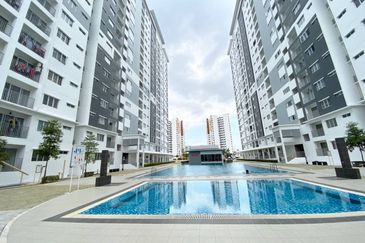
D'Camellia Apartment @ Setia EcoHill
Semenyih, Selangor
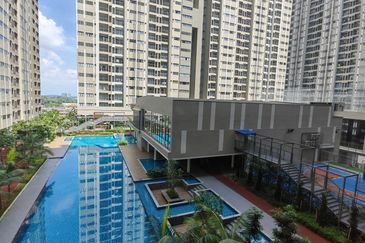
Youth City @ Vision City
Nilai, Negeri Sembilan
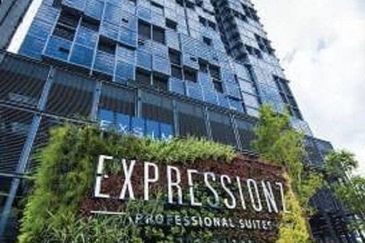
Expressionz Professional Suites
KL City, Kuala Lumpur

Residensi Adelia 2 @ Bangi Avenue
Bangi, Selangor


